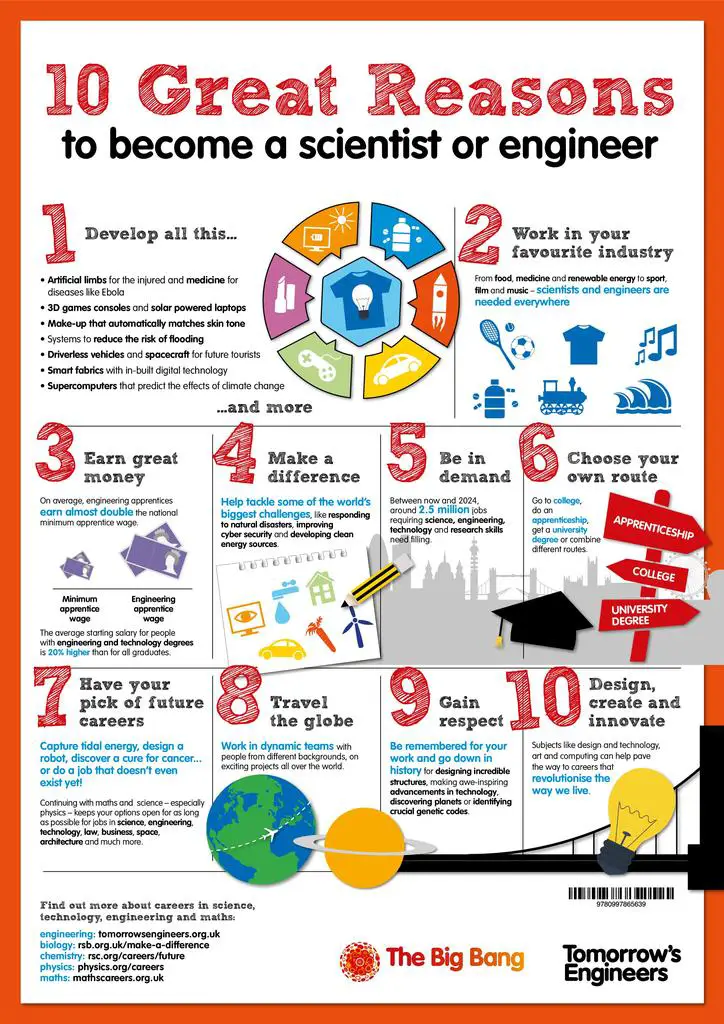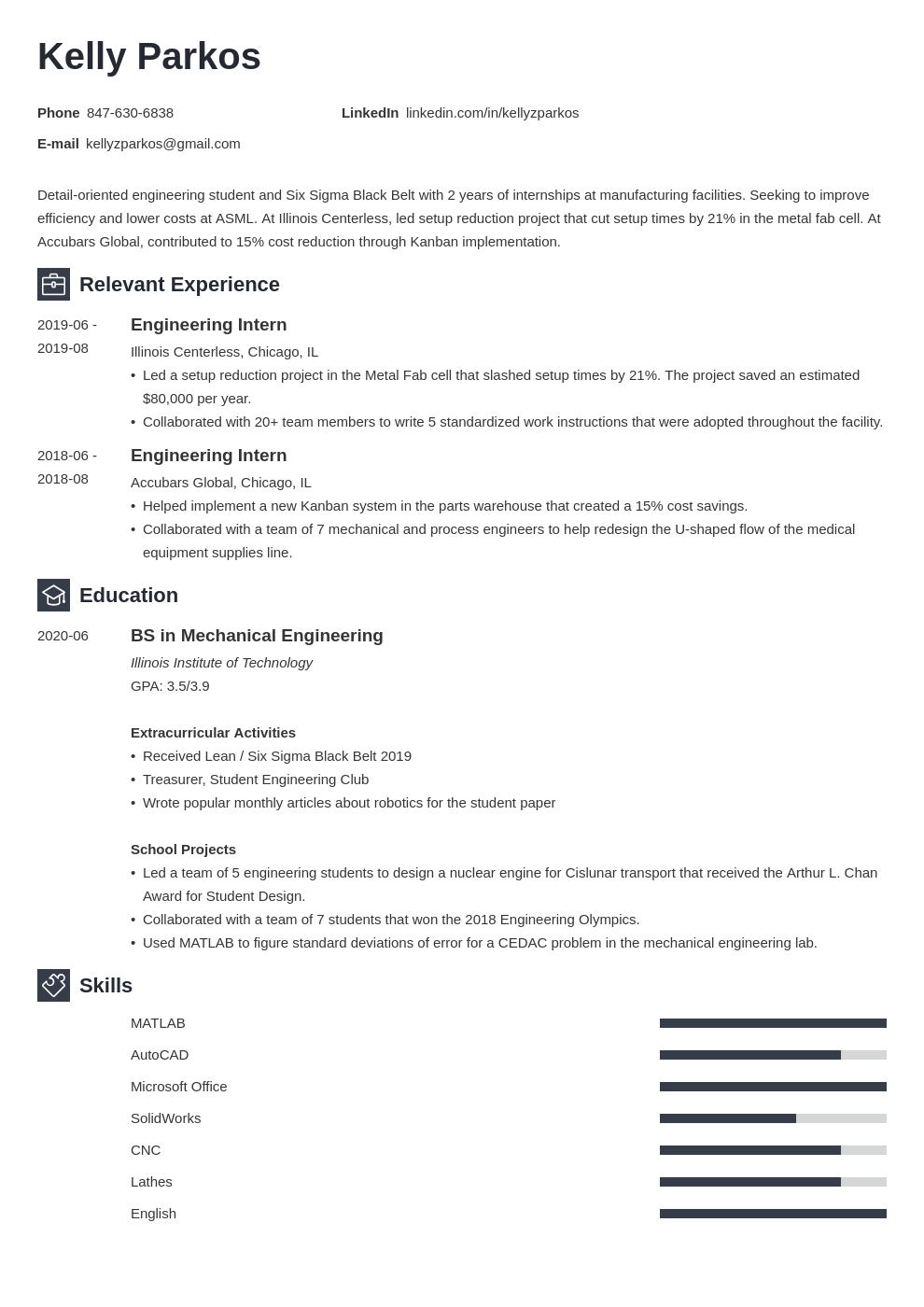Japan’s labor productivity is low among OECD (Organization for Economic Co-operation and Development) member countries, and the government’s work style reforms are required to improve labor productivity.
With unprecedented labor shortages due to population decline accompanying super-aging and accelerating globalization, there is an urgent need to improve labor productivity per worker. Under such circumstances, increasing the productivity of engineers is one of the important issues.
Here, we will explain why it is important to increase the productivity of engineers today and how to increase productivity.
What is productivity?
Productivity is a numerical value that expresses the results that a worker can produce per person or hour, and is used as an index that shows how efficiently products and services are produced.
For example, even if you introduce a server with good performance, if the programmer who writes the server program is inexperienced, the development will take time and cost. cannot operate efficiently. In such cases, labor productivity is low.
To increase labor productivity, it is necessary to think about the program and operation of the system that runs the server as well as the introduction of the server. In addition, it is necessary to calculate the educational cost for that purpose as well.
There are several ways to measure labor productivity, but the two main ones are “material productivity” and “value-added productivity.”
What is physical productivity?
Physical productivity is a calculation of how much labor is used to make a product, and is used when looking at changes in production efficiency and production capacity.
For example, if 500 people make 500 items, the physical productivity per person is 1, and if 500 people make 10,000 things, the physical productivity per person is 20. . In other words, if you make a lot under the same conditions, your productivity will be high.
Physical productivity, which is measured in units of output, is not affected by prices that fluctuate according to economic conditions.
What is Value-added productivity?
Added value is the gross profit after deducting expenses and externally purchased expenses from the production value, and value-added products are the calculation of how much labor was used to create added value.
Since it is calculated based on gross profit, it can be said to be an important indicator for considering how to distribute the increased labor productivity.
For example, if 10 people work and generate a gross profit of 100,000 yen, the added value of productivity per person is 10,000 yen. Since value-added productivity is calculated based on gross profit, unlike physical products, it is affected by prices.
The Need to Increase Engineer Productivity

I explained that productivity can be quantified using two indicators, but from here on, I will explain the need to increase productivity. There are several reasons why engineers need to be more productive.
Decrease in working population due to aging population
Even from an international perspective, Japan’s labor productivity is low, and the current situation is that it is higher in major EU countries with smaller working populations than in Japan. In addition, Japan’s working population continues to decline due to the declining birthrate and aging population, and according to a 2019 survey on IT human resource supply and demand by the Ministry of Economy, Trade and Industry, a shortage of 790,000 IT engineers is expected in 2030.
Currently, due to the advanced use of IT in companies and organizations and the development of quaternary industries such as digital business, there is a need for human resources who can make full use of AI and big data. However, it is becoming more difficult to secure human resources because high skills and abilities are required.
IT engineers are important human resources not only for strengthening the competitiveness of Japan’s IT industry, but also for the advanced use of IT in various industries and companies, and the future development of digital business.
If the shortage of engineers does not improve as it is, there is a risk of a decline in economic power due to a shortage of production capacity, so there is a need for education to improve the utilization of AI and opportunities to develop engineers.
Global competition among companies is intensifying
In recent years, the development of advanced networks has led to the emergence of global companies one after another, and competition has intensified. When dealing with the world, Japanese companies will not be able to compete with foreign companies that can secure a large amount of young and cheap labor with the methods they have used so far. In Japan, where labor costs are higher than in other countries and the working population continues to decline, it is necessary to improve competitiveness by increasing labor productivity.
Therefore, engineers must create added value in companies and organizations that support the quaternary industry, improve productivity through efficiency, and produce results. Specifically, they can reduce the time and effort spent on a single task to complete a large number of tasks, have the skills to create high-value-added products that are different from others, and be able to come up with and realize ideas that reduce costs. and other abilities are required.
What is the index to evaluate the productivity of engineers?
I explained how to calculate labor productivity, but the productivity of engineers can also be calculated by calculation. In the IT development field, by calculating how much the development members contributed to labor productivity against profit, it is possible to measure the gap necessary to improve value-added labor productivity.
Calculation example of physical labor productivity
The formula for calculating the physical labor productivity of engineers is given by the following formula:
Physical labor productivity (amount/person) = production volume/labor input (number of corresponding employees, etc.)
Physical labor productivity can be calculated by dividing the output by the number of people and time.
For example, if five development members develop a total of 20 modules at a system development site, the formula for calculating physical labor productivity is as follows.
Physical labor productivity (person/person) = 20/5 persons
In other words, the physical labor productivity, in this case, is 4 pieces/per person.
By grouping them by project, department, etc., and comparing them, we can divide them into groups with high physical labor productivity and groups with low physical labor productivity.
Then, the issues are extracted from the difference between the high group and the low group.
Calculation example of value-added labor productivity
The formula for calculating the value-added labor productivity of engineers is obtained by the following formula.
Value-added labor productivity (yen/person) = Added value/labor input (number of corresponding employees, etc.)
Value-added labor productivity can be calculated by dividing the added value by the number of people and time.
For example, if the gross profit on sales of five development members at a system development site is 1 million yen, the value-added labor productivity is as follows.
Value-added labor productivity (yen/person) = 1 million yen/5 people
Value-added labor productivity in this case is 200,000 yen/person.
Similarly, by dividing into groups and comparing, we will consider the difference between the high group and the low group.
How engineers can be more productive

The labor productivity of engineers is emphasized, but what can be done to increase productivity? These three techniques are available.
skill up
Technology is constantly changing, but especially in the fast-changing IT industry, the languages and tools you are using now may have efficient alternatives a year from now.
To maximize your performance in a limited amount of time, it is important to keep your knowledge and skills updated and ready to use. To do so, we must continue to learn, including obtaining qualifications, and strive to improve our skills.
Visualize scarce resources
Scarce resources in business are time and money. Engineers should first review their work, manage tasks and review how they use their time, analyze what is causing the bottleneck, and visualize it.
Productivity can be improved simply by tackling work with an awareness of the bottlenecks that have been found.
You can also use smartphone apps for task management. At first, you may not be able to manage your time well, but by repeating it, you will gradually come to understand how much you can do, and your accuracy will improve.
In addition, since you will be able to objectively understand your weaknesses from the task progress, you will be able to see where you should focus on improving your skills.
Change the work content in the morning, noon, and night
For engineers to increase productivity, it is also effective to change the work content in the morning, noon, and night. The morning is when you’re the most alert of the day, so try to tackle tasks that require you to think logically.
If you are doing system development, think about logic, read and understand difficult algorithms, and write source code. You may come up with logic that you never thought of before, and you may be able to write lean source code.
After lunch, blood sugar rises and concentration drops, so try to do simple work in the afternoon. It would be good to write the logic that you came up with in the morning as a design document, or to program the part that can simply write the source code from the design document.
At night, work as little as possible. After the scheduled time, you may think that work will progress because there will be no meetings or inquiries from clients, but your productivity will decrease because you will be tired. If you can’t get rid of your fatigue, your productivity will drop the next day.
Engineer productivity is an important issue for the future
Japan’s labor productivity is low compared to other countries, and there is an urgent need to improve it in the face of labor shortages due to a declining population due to a super-aging society and the acceleration of globalization.
In addition, due to the development of quaternary industries such as IT utilization and digital business in companies and organizations, there is a need for human resources who can use AI and big data, but there is a shortage of human resources with high skills and abilities. Because it is not growing, it is becoming difficult to secure human resources.
Global competition among companies is also intensifying, but in Japan, where labor costs are high and the working population continues to decline, it is necessary to increase labor productivity and increase competitiveness. Therefore, engineers must create added value, improve productivity through efficiency, and produce results.
To survive in the rapidly changing IT industry, future engineers will have to come up with various ideas. Let’s raise labor productivity by constantly improving skills, visualizing scarce resources and working with an awareness of bottlenecks, and improving efficiency by changing the work content in the morning, noon, and night.
Visit the Facebook page Xtreme Techy if you’re ever interested in corresponding topics.
Related Articles>> [How is it different from freelance? ] Advantages and disadvantages of engineers working as nomads



